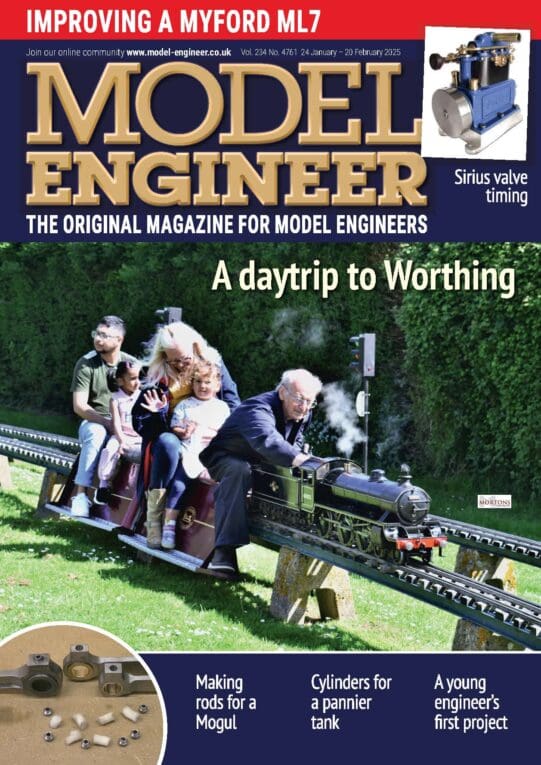How close can I get? Indexable turning inserts….
How close can I get? Indexable turning inserts….
- This topic has 17 replies, 8 voices, and was last updated 17 May 2010 at 11:55 by
KWIL.
Viewing 18 posts - 1 through 18 (of 18 total)
Viewing 18 posts - 1 through 18 (of 18 total)
- Please log in to reply to this topic. Registering is free and easy using the links on the menu at the top of this page.
Latest Replies
Viewing 25 topics - 1 through 25 (of 25 total)
-
- Topic
- Voices
- Last Post
Viewing 25 topics - 1 through 25 (of 25 total)
Latest Issues
Newsletter Sign-up
Latest Replies
- How to identify a thread, ACME vs TR
- Parting off – Left over nib
- ZYTO mini Lathe – need help!
- Calling all Little John and other Raglan users
- Alibre Workshop/Meshcam pro
- speed control dc motor problem.
- What Do These Mean; Why So Many Loop Errors? (Alibre Atom)
- Eastern European Steam
- A New Scam Format?
- OKMO Microcosm Model M31 Vertical Steam Engine Single Cylinder with DIY Mods








